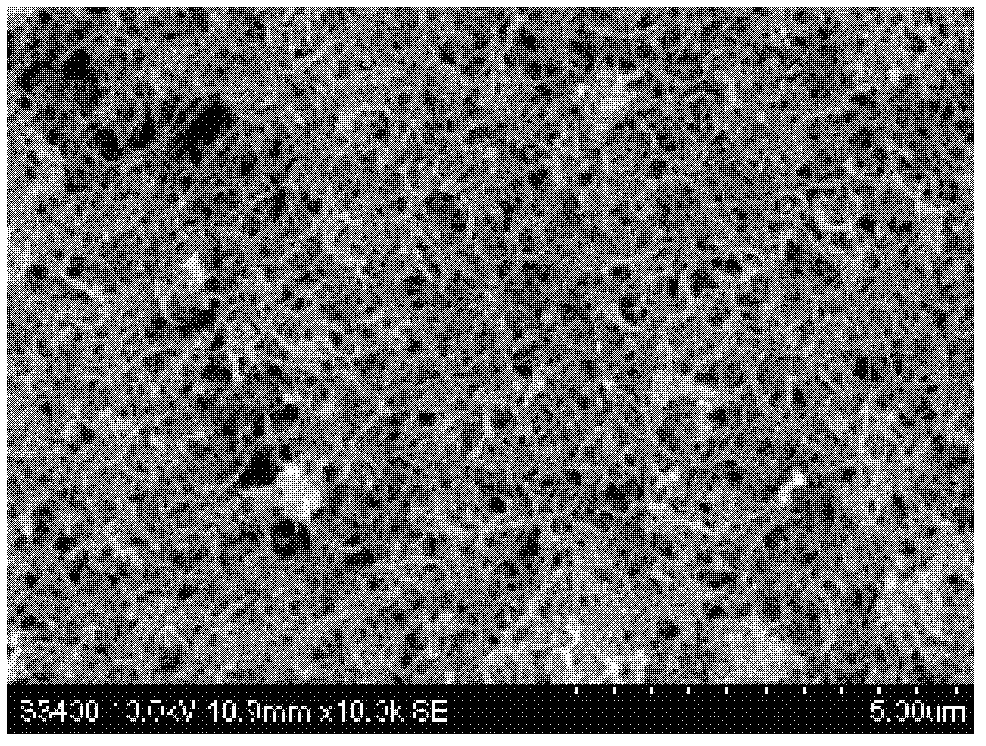Method for enriching and separating trace amount of polychlorinated biphenyls (PCBs)
A polychlorinated biphenyl and separation method technology, applied in the field of environmental detection, can solve problems such as changes and column efficiency reduction, harm to the environment and human health, and detection sensitivity reduction, etc., to achieve easy automation, reduce pollution, and reduce pre-rich Effect of collection sample size and assay time
- Summary
- Abstract
- Description
- Claims
- Application Information
AI Technical Summary
Problems solved by technology
Method used
Image
Examples
Embodiment Construction
[0031] The present invention will be further described in detail below in conjunction with the accompanying drawings and embodiments.
[0032] 1. Filling fiber modification in solid phase microextraction column
[0033]Step 1: Take a beaker, add 4 to 5 grams of 3-(trimethyloxysilane) propyl methacrylate, then take it into a fume hood, and add 50 mL of distilled water to it. Take a set of magnetic stirrer and magnetically stir at 2000 rpm for 1 hour to obtain a propyl methacrylate polymer macromonomer containing a silica gel structure. The second step: add tributyl tin chloride as a catalyst in the above solution, add 4 to 5 grams of butylamine methacrylate, mix according to the mass ratio of 1:1; the third step: add 5 ~10 grams of commercial solid-phase microextraction fiber, heated at 50° for 3 to 4 hours until the color turns reddish brown, centrifuged at 2000 rpm to obtain 4 to 5 grams of brown precipitate. Step 4: Spread the above-mentioned precipitate on a 10 square cen...
PUM
 Login to View More
Login to View More Abstract
Description
Claims
Application Information
 Login to View More
Login to View More - R&D
- Intellectual Property
- Life Sciences
- Materials
- Tech Scout
- Unparalleled Data Quality
- Higher Quality Content
- 60% Fewer Hallucinations
Browse by: Latest US Patents, China's latest patents, Technical Efficacy Thesaurus, Application Domain, Technology Topic, Popular Technical Reports.
© 2025 PatSnap. All rights reserved.Legal|Privacy policy|Modern Slavery Act Transparency Statement|Sitemap|About US| Contact US: help@patsnap.com



